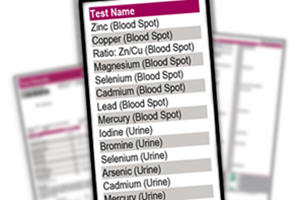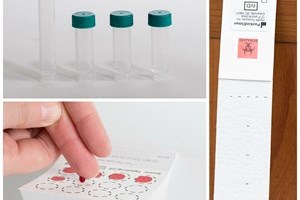Urine, serum, plasma, whole blood, red blood cells, feces, hair, fingernails…the list goes on. How do you decide what biological sample(s) to use for element analysis? Can results be compared to scientific literature or do they have clinical significance? Is it possible for values to be elevated or low in one sample type and normal in another? Do test results indicate recent intake, body burden,…
Tags: Elements Testing, Heavy Metals, Dried Urine Testing, Blood Spot Testing, Iodine, Selenium, Bromine, Arsenic, Cadmium, Lead, Mercury, Magnesium






